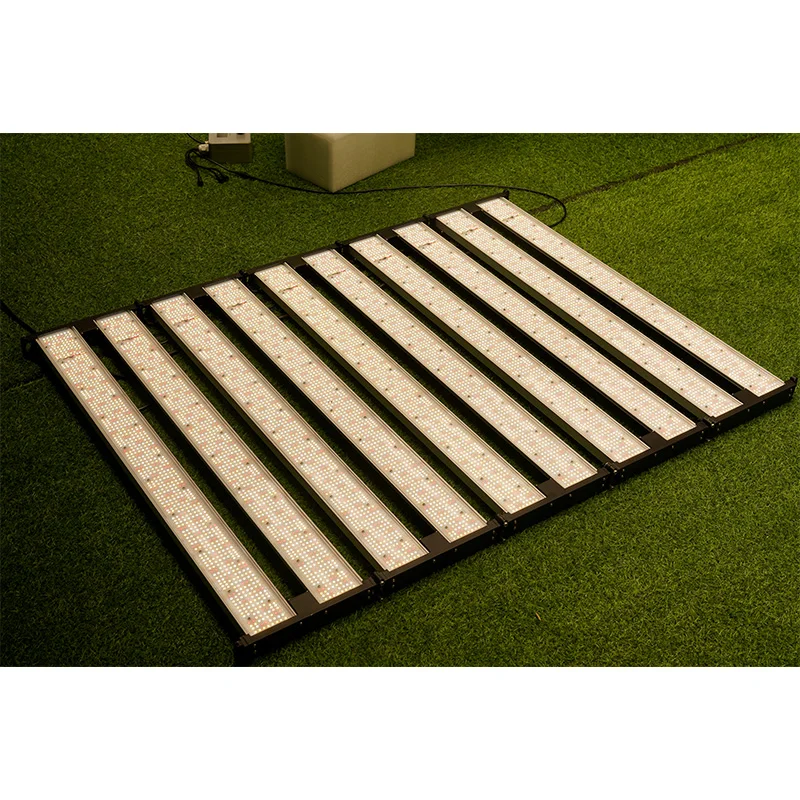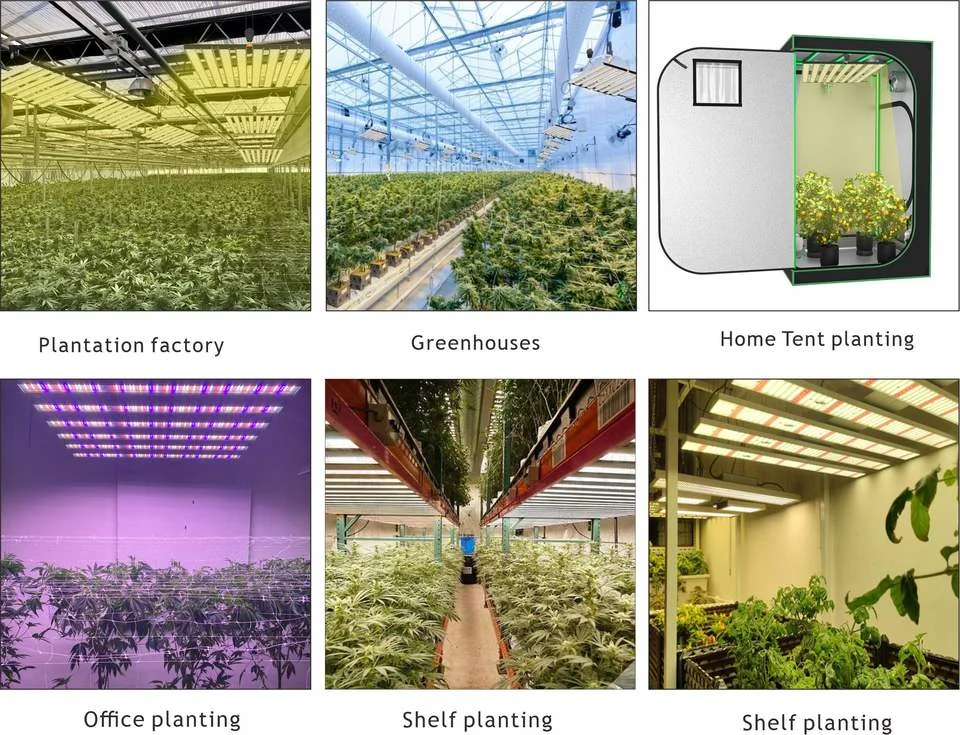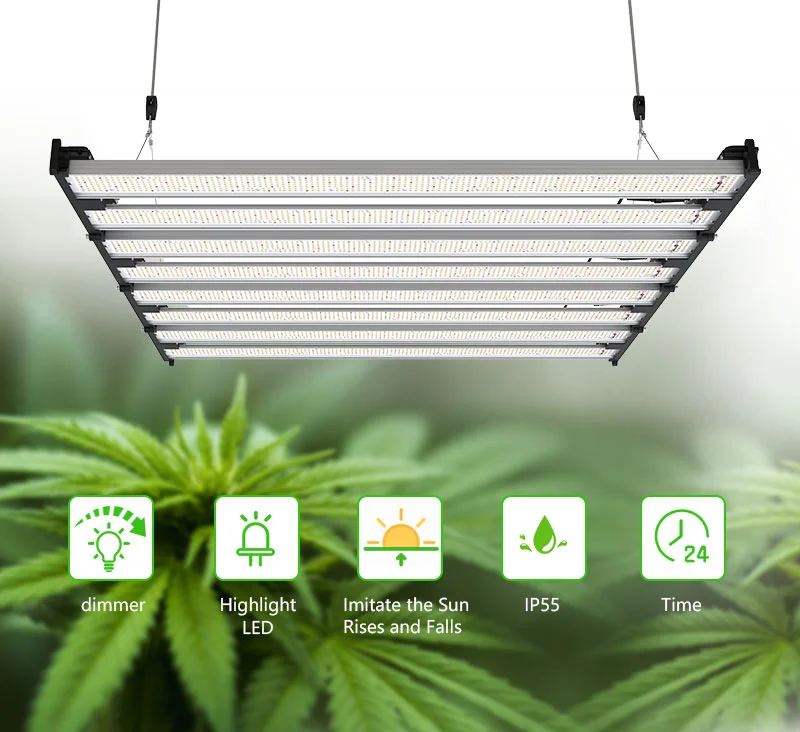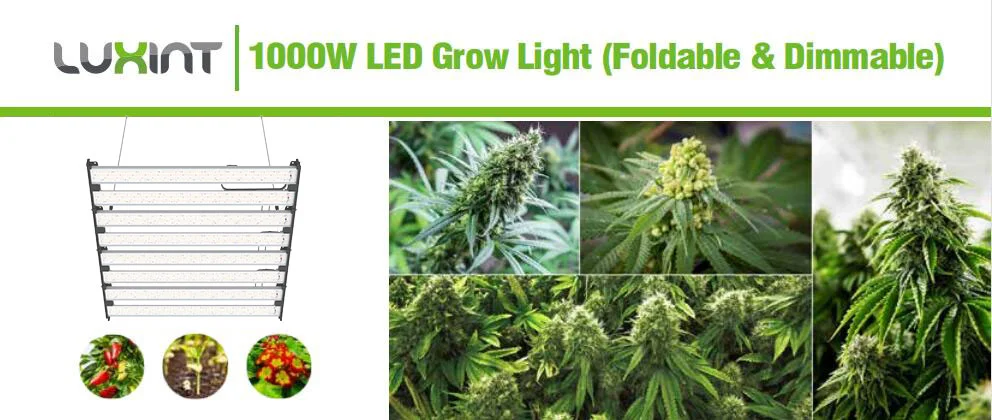When it comes to harnessing the power of light for plant growth, the iconic purple glow of red and blue LEDs often comes to mind. But have you ever wondered why these colors are the go-to choice for horticulture lighting? It all boils down to the absorption spectrum of chlorophyll, the pigment responsible for photosynthesis. While the traditional wisdom holds that plants don't use green light, recent research is shedding new light on the subject.

The Evolution of Horticulture Lighting
Historically, the use of red and blue diodes in LED grow lights was based on the absorption spectrum of chlorophylls a and b. These pigments are essential for photosynthesis, with their peak absorption occurring in the blue and red parts of the electromagnetic spectrum. This seemed like a logical approach to enhance plant growth.
However, the critical question arises: Is the absorption spectrum of chlorophyll the only factor to consider when designing effective grow lights? To answer this, we need to delve into the distinction between the absorption spectrum and the action spectrum, and here's where it gets fascinating.

The Action Spectrum: A Deeper Understanding
The action spectrum of photosynthesis, which defines the range of radiation that is photosynthetically active (PAR), was developed based on groundbreaking research by Drs. McCree and Inada in the 1970s. This research aimed to understand how different light wavelengths affect photosynthesis and plant development.
Their study involved using filters to produce monochromatic wavebands in an assimilation chamber to study the effects of light spectrum on photosynthesis in individual leaves. What they discovered challenged the conventional wisdom.

The Role of Green Light
Recent research has shown that green light is, in fact, more effective than red light at high PPFD (Photosynthetic Photon Flux Density) in driving photosynthesis in chloroplasts located on the lower surface of leaves. Green light can penetrate leaf surfaces more effectively, reaching deeper chloroplasts. However, as PPFD increases, some of the light energy received by higher chloroplasts is lost as heat.
Moreover, green light excels at penetrating leaf surfaces to reach the lower canopy, which is crucial for dense canopy production techniques used in controlled environment agriculture.

Practical Implications for Farmers
So, what does this mean for farmers and growers? It means that green light plays a vital role in plant growth, even though our understanding of how plants utilize light is still evolving. If your horticultural lighting system emits a spectrum that excludes the 500–600 nm range, you might not be optimizing your growth environment, especially in sole-source lighting applications.
To harness the full potential of your plants, consider lighting solutions that incorporate a spectrum that encompasses the needs of various photoreceptors, including those that respond to green light.
At Luxint, we offer advanced LED grow lights designed to provide your plants with the optimal light spectrum for growth and development. Our 1000W LED Grow Light with 16 bars is a powerhouse, capable of replacing a 2000W HPS system. Its features include a foldable design for easy installation, manual dimming, timing function, and exceptional performance across all growth stages. Whether you’re an indoor farmer, vertical farmer, or greenhouse enthusiast, Luxint's LED grow lights are tailored to meet your needs.
Join us in unlocking the full potential of your plants with quality LEDs. For inquiries and more information about our products, please don't hesitate to contact us. Grow smarter, grow brighter with Luxint LED grow lights.



